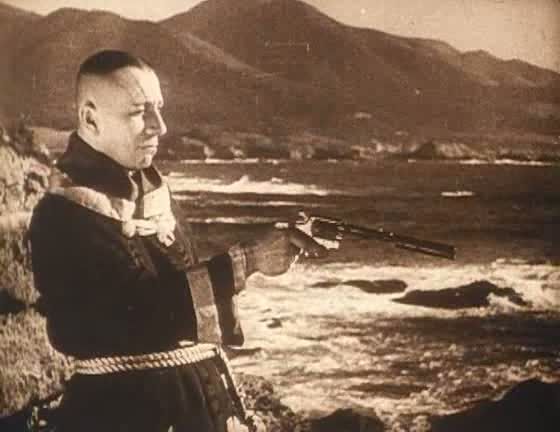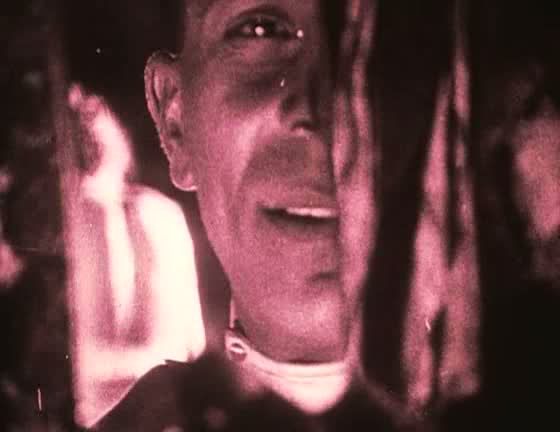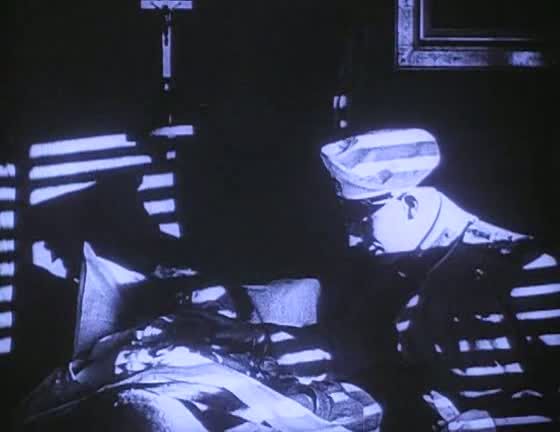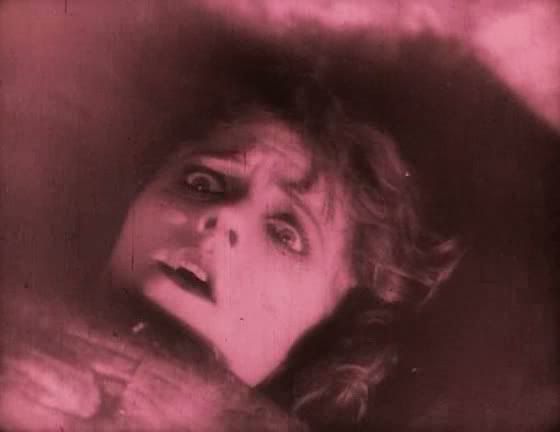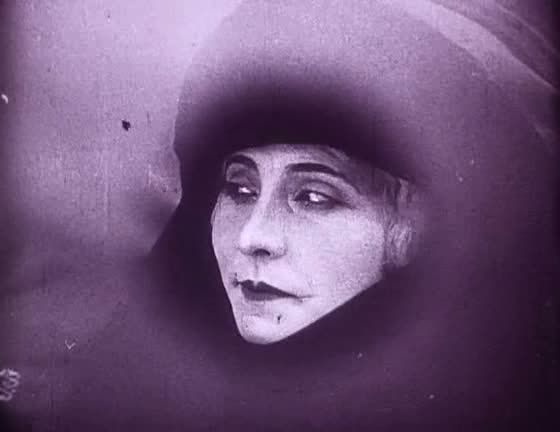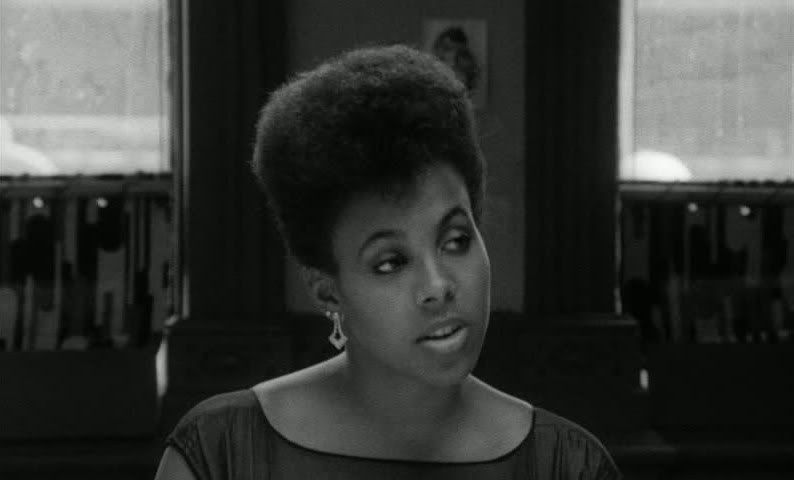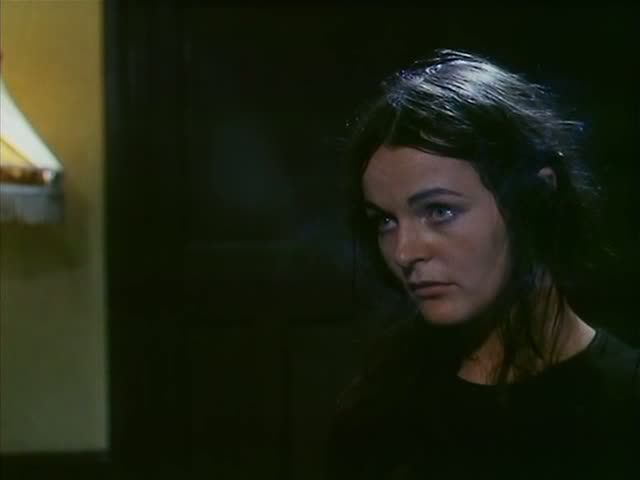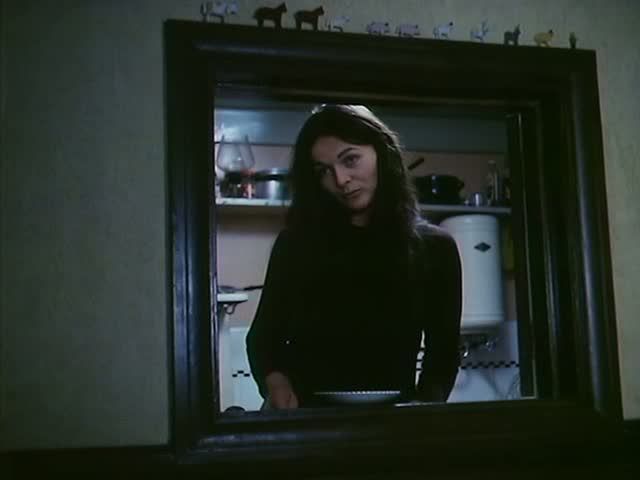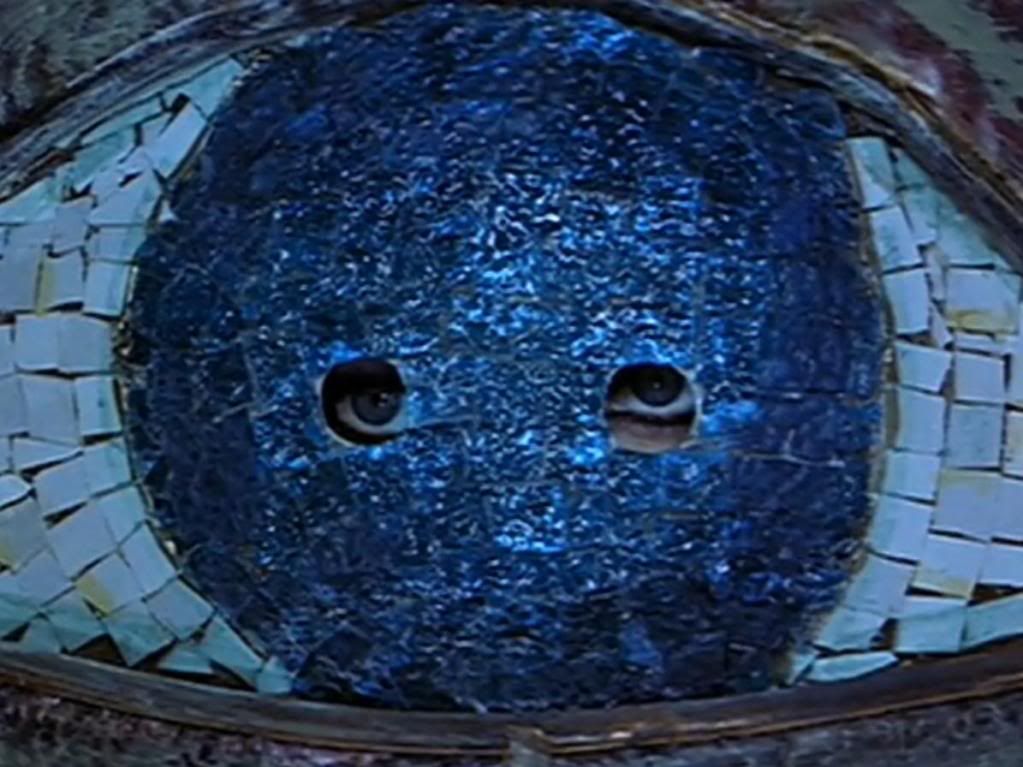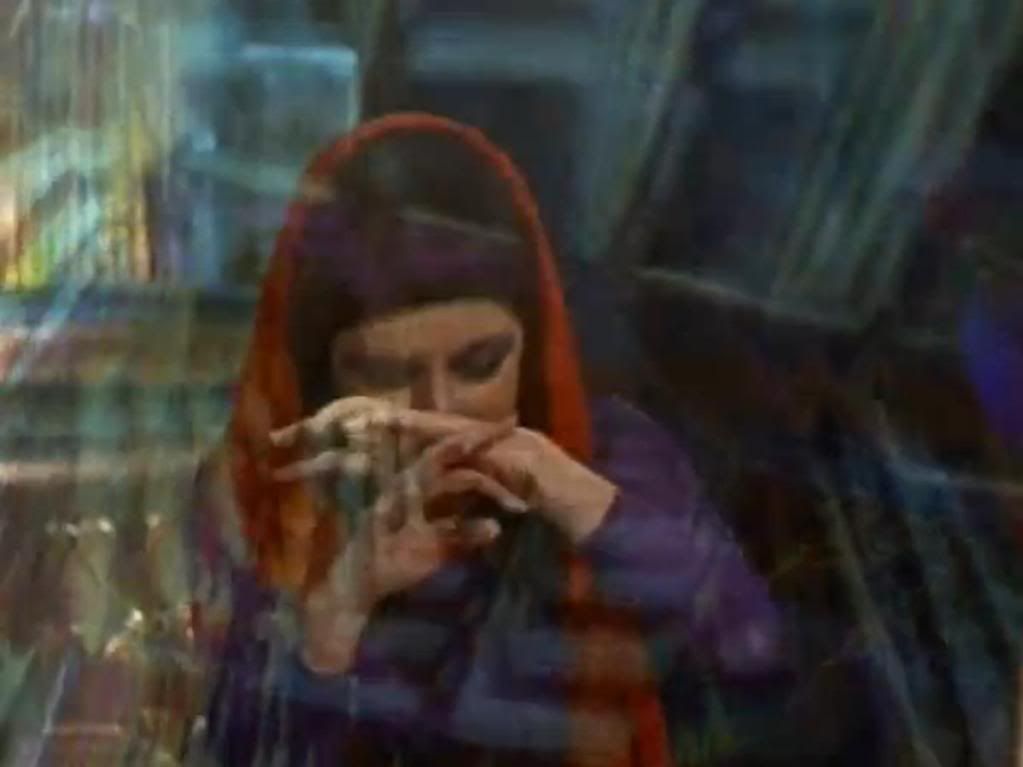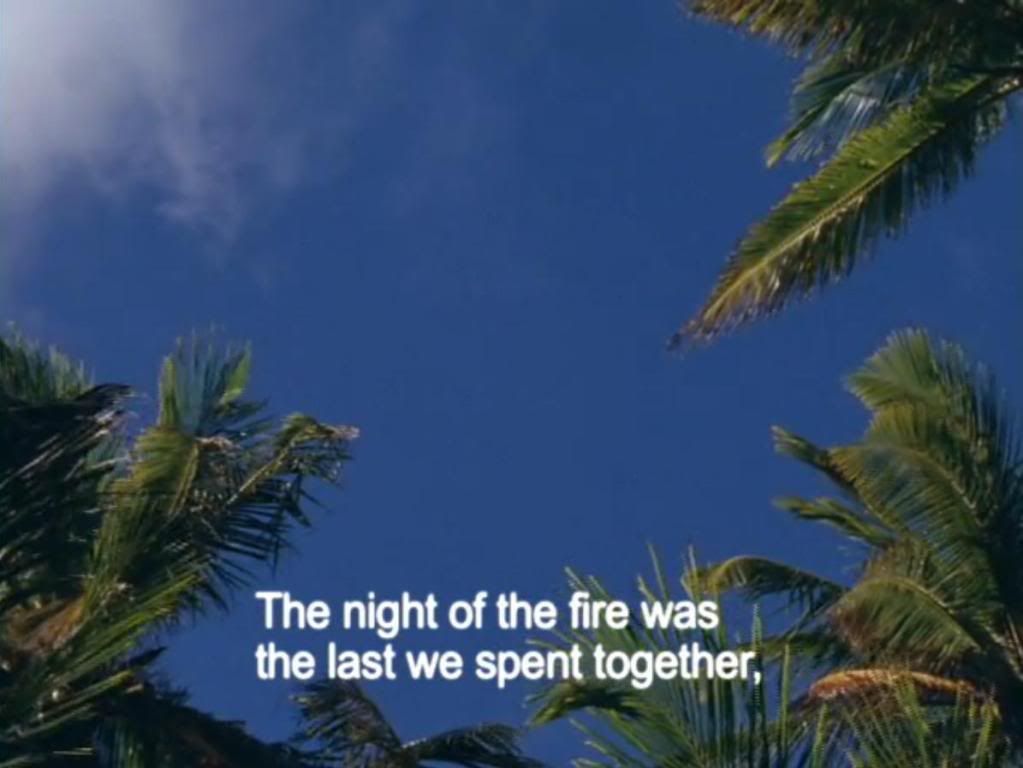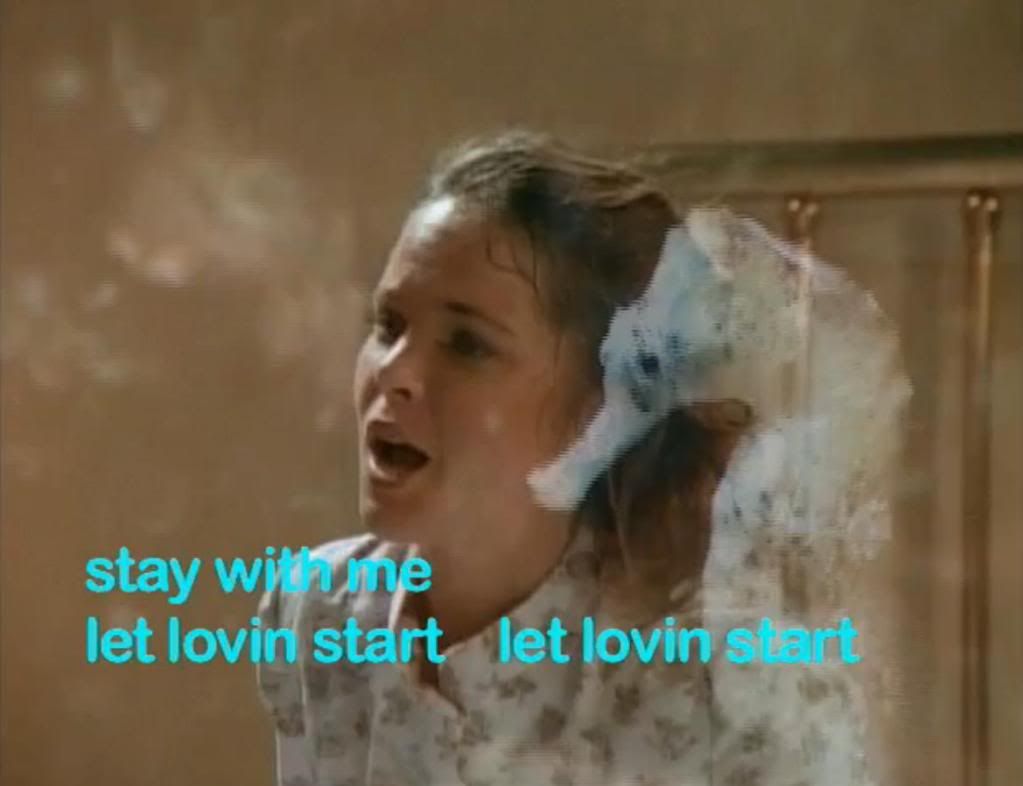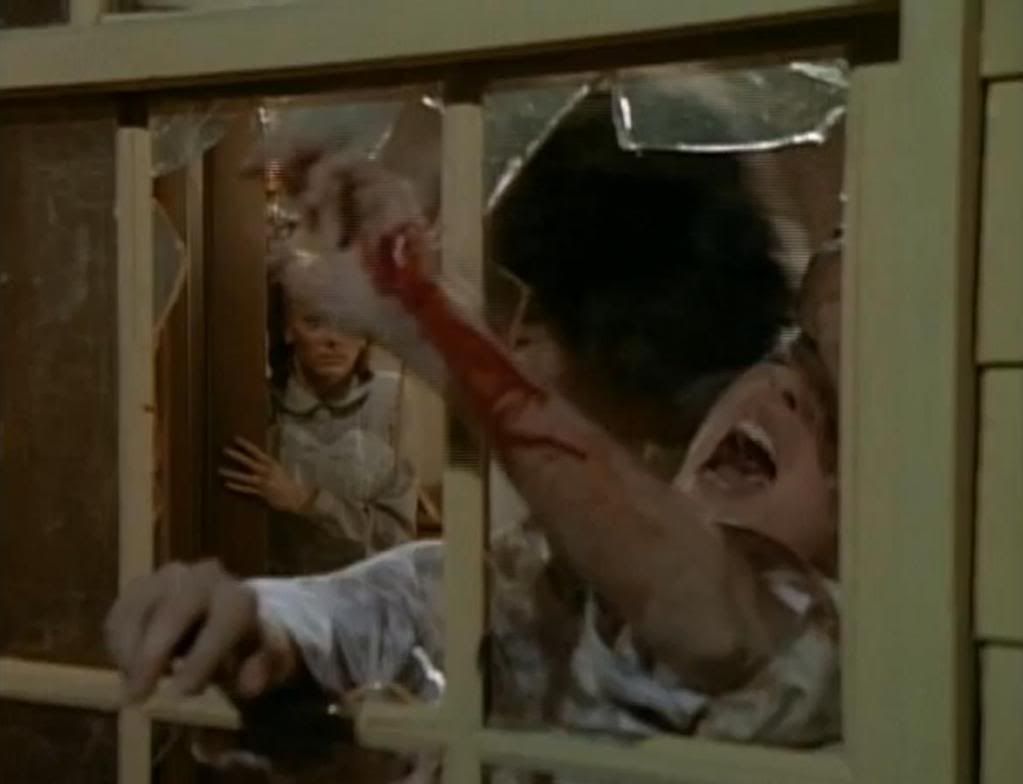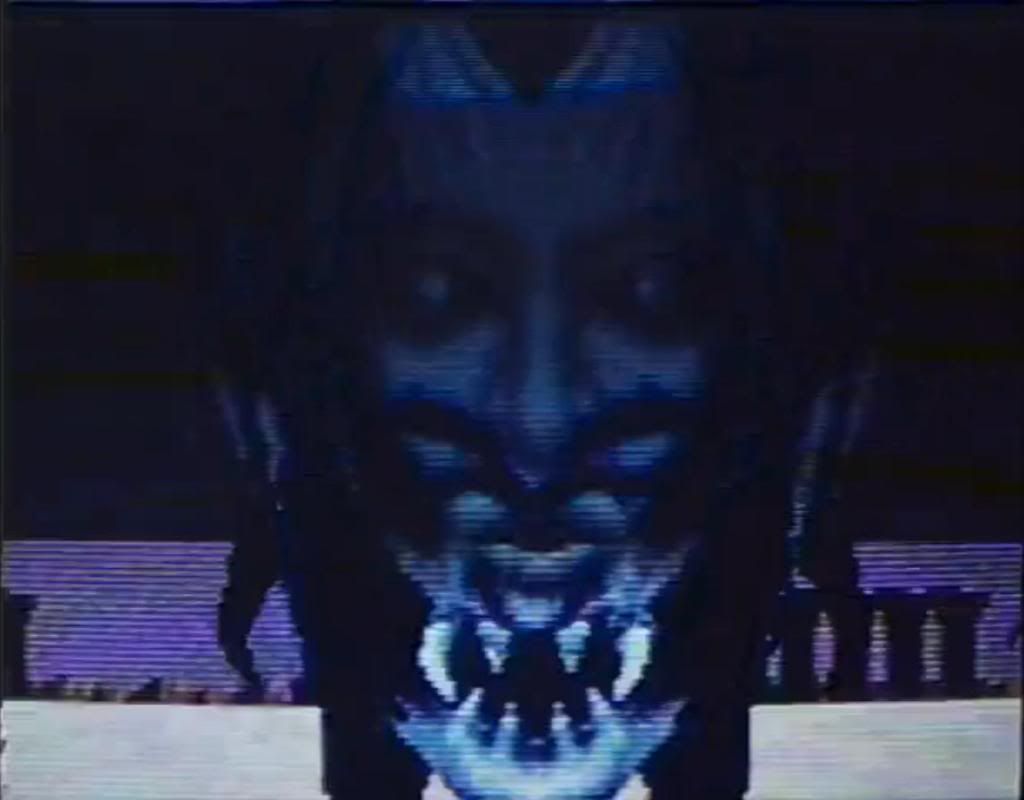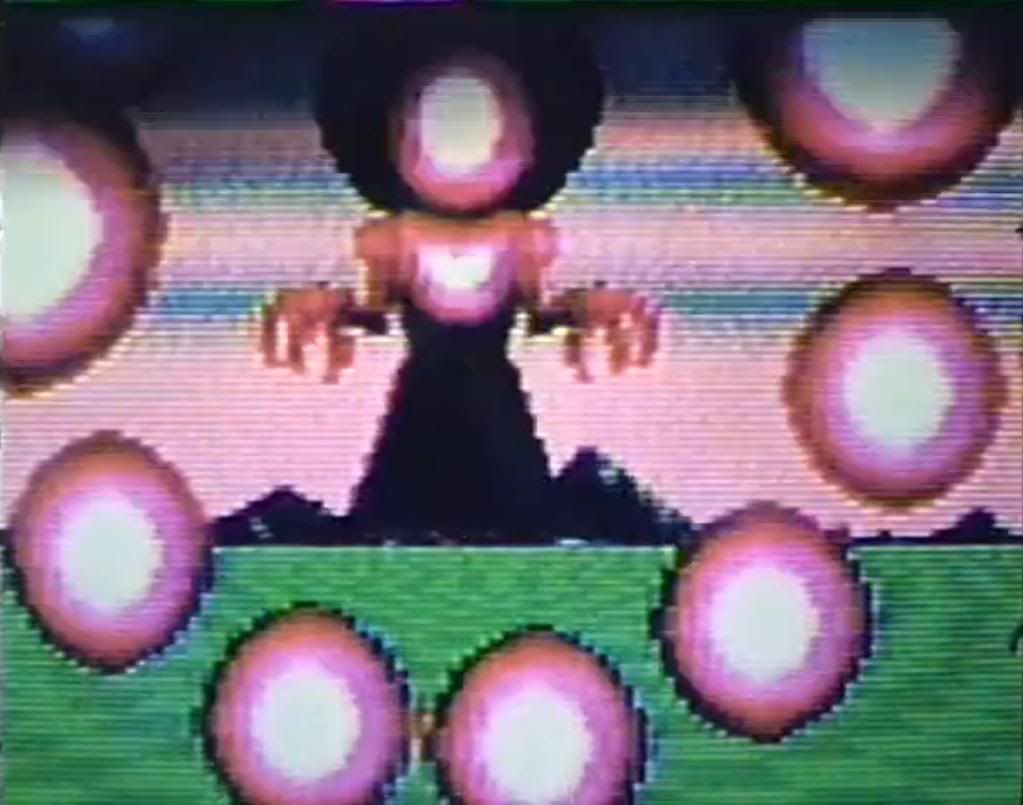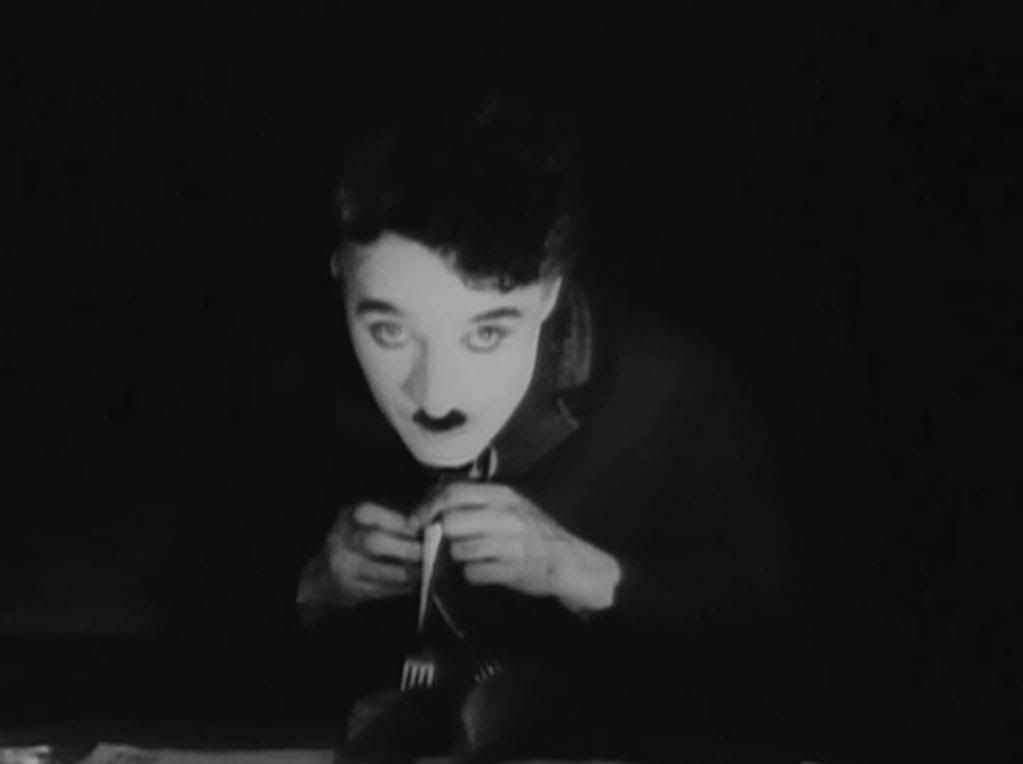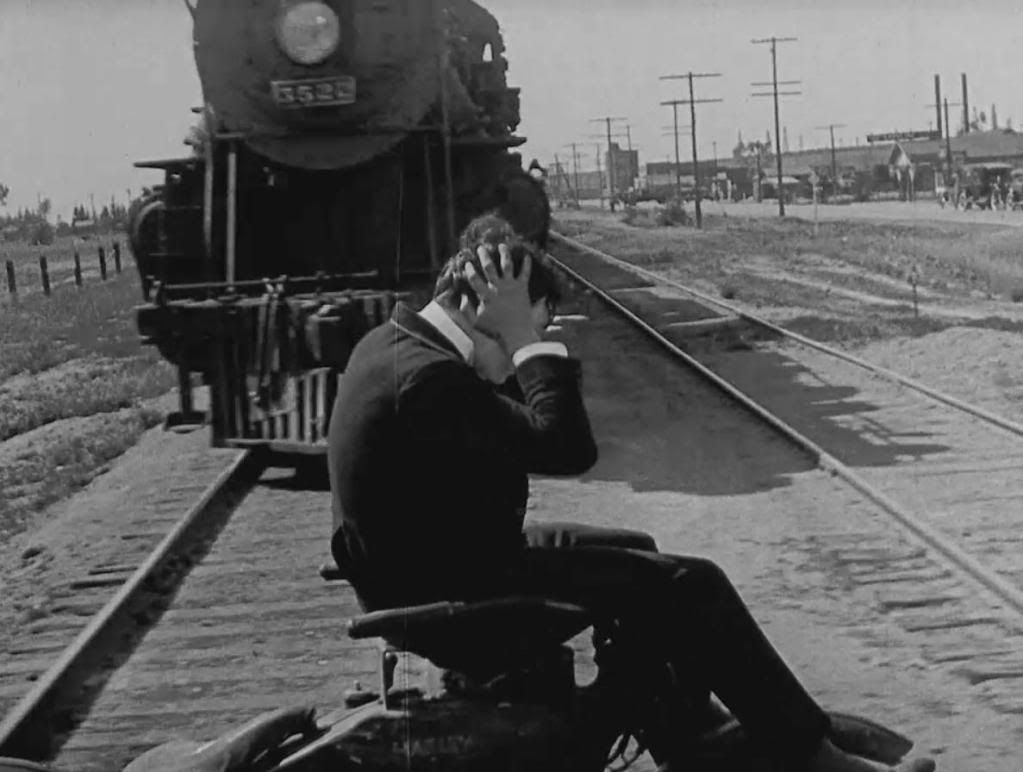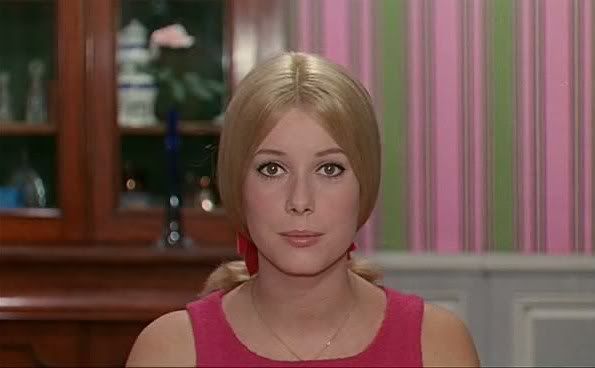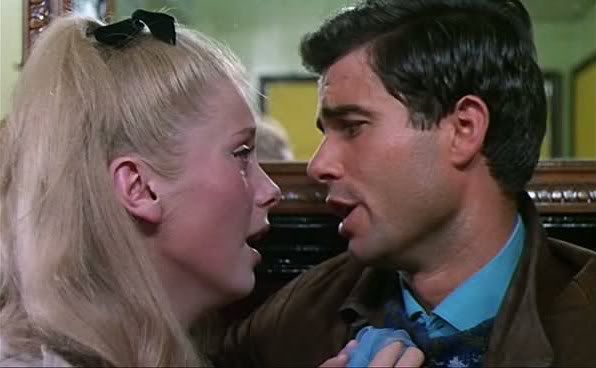
Frau Blackburn, Born 1/5/1872, Is Being Filmed is a strange early short from Alexander Kluge, which blurs the line between documentary and fiction so thoroughly and so oddly that it's hard to know what to make of it at all. Ostensibly a straightforward portrait of the elderly title character, the film barely provides any information or context about who she is or why she's being profiled in the first place. Indeed, the woman doesn't have much to say: she speaks about some stiffness in her hands, holding up a crooked finger for the camera to see, but much of the rest of her dialogue is incidental. She putters about her house, showing off her fancy china and making coffee or tea, presumably for the filmmakers, who she addresses frequently, checking to make sure that she's saying what they want her to say. These fourth wall-breaking references to the people behind the camera suggest that much of this material is staged, not at all the naturalistic observation of an old woman in her home, but a concoction of the filmmakers, who are ordering her to pretend to grind coffee and to explain her ailments. "Is that enough?" she asks them at one point, after delivering a rambling monologue.
Then Kluge utterly shatters the artifice with the appearance of a man who, an intertitle informs us, claims to be a former RAF pilot. The very fact that the title is phrased this way, that he says he's a pilot rather than that he is a pilot, already casts doubt on the whole thing. And then Kluge films the man like a moustache-twirling silent movie villain, in leering closeups accompanied by cackling laughter that isn't synced up to the image at all. The man claims to want to buy earrings from the poor Frau Blackburn, but then he addresses the camera to say that actually he's just getting her out of her house so he can rob her. Kluge then shows the aftermath of the robbery, with the old lady reacting with understated alarm at the sight of all her broken china.
It's a puzzling, intentionally obtuse film that mocks the conventions of the documentary, particularly the supposed objectivity of the filmmakers, who in this case simply stand by and let Frau Blackburn get robbed, recording the results, not intervening even when they're directly told about the robbery beforehand. The film's editing is choppy and elliptical, cutting up Frau Blackburn's words into banal phrases, devoid of context, little bits of anecdotes and biography that mean all but nothing by themselves. Baffling, curiously funny, with an elusive effect that's difficult to shake despite its vagueness, this is a typically maddening and provocative early effort from Kluge.

Another nigh-inscrutable short posing as documentary biography, E.A. Winterstein, Fire Extinguisher is an even stranger early work from Alexander Kluge. The film purports to tell the story of the firefighter E.A. Winterstein, but it's difficult to tell exactly what that story is from the collage of non-sequiturs and loose ends that Kluge stitches together here. The film seems to be concerned, principally, with militarism, with recurring images of soldiers drilling in formation, throwing their rifles in the air and catching them again as they march. Other images show a toy war with little mechanical cars, driven by grinning toy animals, being bombed from above as they trace their repetitive circles along the ground. Finally, Kluge collages in leftover material from his debut feature Yesterday Girl, made two years earlier, along with a sustained portrait of that film's star, his sister Alexandra, posing with religious and regal memorabilia.
It's hard to know what any of this has to do with the titular Winterstein — who appears at times in a gladiator uniform, jogging around — and the elliptical voiceover does little to clarify matters. The narration is just as free-associative as the images, jumping from one subject to the next, occasionally hinting at the life of the title subject but only as part of a larger network of allusions to history, entertainment and philosophy. At one point, the narration compares Winterstein to various Hollywood stars, presumably because just like Clark Gable and Gary Cooper, this humble fireman appears in a movie. This is another example of Kluge intentionally conflating documentary and fiction, positing them both as part of the same medium, placing the purportedly nonfictional Winterstein in the same lineage as famous actors playing roles.
In this context, everything becomes suspect, all facts become malleable, and the narration says that among the roles that Winterstein will be remembered for is a part as a judge at the Nuremberg Trials. This suggests that even pivotal events of recent history are fodder for fictionalization and uncertainty, that there's a certain element of performance and role-playing in the enactment of history. Including Nuremberg in with a list of Hollywood actors' parts is indicative of Kluge's strategy of blending fiction with reality, tangling them together until it's difficult to tell them apart.

At the very beginning of Alexander Kluge's A Doctor From Halberstadt, the titular doctor, wandering through an airport, pauses in the corner of the frame and points tentatively offscreen, as though asking where he should go next. This kind of upfront acknowledgment of the artificiality of filmmaking, even documentary filmmaking, is by now very familiar from Kluge's work, and yet this half-hour short is, on the whole, one of his more straightforward portrait films. The doctor of the title is Kluge's own father Ernst, who really was a doctor from Halberstadt. Kluge observes his father on a trip to Munich, watching horses at a stable, aimlessly walking the streets, and visiting with his cousin, a judge.
The doctor recounts some horrible incidents he's witnessed in his career — presumably during the Nazi era — mixed in with banal chit-chat, photos from the doctor's childhood and past, and scenes of him trying to entertain himself alone on vacation in Munich. There's a real sense of loneliness in the shots of the doctor walking around Munich with nothing to do and nowhere to go, on a vacation but at a loss about how to enjoy himself in this strange city. The doctor occasionally displays a playful, almost boyish spirit, as in the shot of him skipping lithely over a puddle in the street or the scenes of him peering eagerly over a fence at the horses galloping around a track.
At one point, the doctor is telling a story about why he bought a car, describing a terrible crash he'd had one night on a slippery country road. After a while, the judge chimes in to clarify, saying that the doctor was riding a motorbike at the time, a detail that he obviously realized had been left out of the story and would confuse the film's audience, who would otherwise wonder what the doctor had been driving before he bought his car. This kind of metafictional playfulness crops up periodically during the film, especially in the film's last shot, a closeup of the doctor, who first looks directly at the camera and then off to the side, obviously at the direction of his son. As he looks off to the side, the doctor says, delivering the last lines of the film, "Shall I look over here? What is there to see? Rain, once again." It's the equivalent of "what's my motivation?", an actor wondering why he's doing what he's just been told to do by the director, wondering why this character he's playing, who is in fact himself, would want to look off to the side like this. It's a perfectly whimsical ending to a film that, typically of Kluge, gently teases its surface subject with submerged and difficult-to-access secondary meanings.

All of Alexander Kluge's baffling, idiosyncratic portraiture shorts seem to dance around the subject of World War II without quite touching on it directly, telling anecdotes about the wartime era or referring to it obliquely, but never as the central subject of the film. The subject is implied in every one of these portraits, though, if for no other reason than these people, real or fictional or some combination of the two, must have lived through the war, and Kluge's circumspection invites speculation about what these people might have seen or done during that period. This is especially true of A Woman From the Property-Owning Middle Class, Born 1908. The subject here is a woman, Alice Schneider, who has rebuilt her lavish lifestyle and her fine home after her original, even grander house was bombed during the war.
This film is connected in some inscrutable way with Kluge's earlier short Frau Blackburn, Born 1/5/1872, Is Being Filmed. Like the similarly named earlier film, this one concerns a woman who is displaying her collection of fine china for the documentarians, though Frau Schneider seems much more well-off than Frau Blackburn, and her collection is more expansive. Also reappearing from the earlier film is the sinister man who had robbed Frau Blackburn, and Kluge once again focuses on a closeup of the man's eyes and bushy black eyebrows. Here, though, this man seems more kindly than creepy, chatting amiably with Frau Schneider and offering her an interest-free loan rather than buying her china from her; he even helps her put away the expensive pieces, which she'd laid out on the floor in hopes of making a sale.
The film seems to rely on its intertextual connection to the earlier Kluge work for some of its meaning, juxtaposing the experience of this woman of means (her status is explicitly mentioned in the film's title, after all) against that of the comparatively average Frau Blackburn, who gets taken advantage of by the same man who is so solicitous with the richer woman. There's perhaps also a coded implication here about who made it through the war okay, ready to rebuild and reacquire, and who struggled along with very little in the aftermath of the war.
